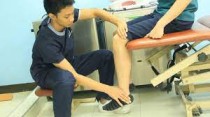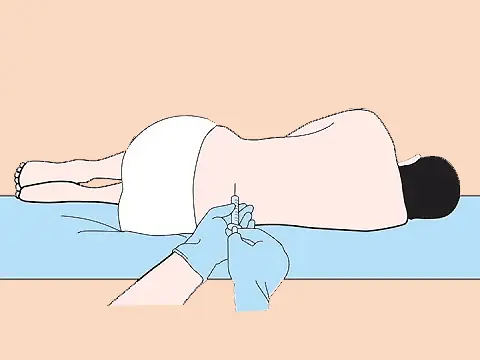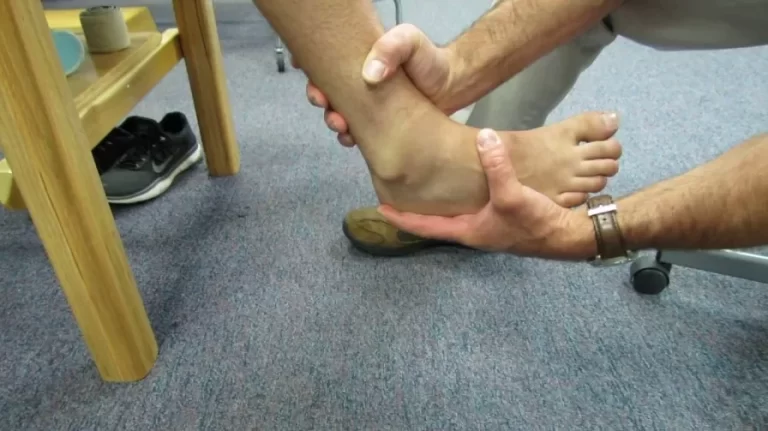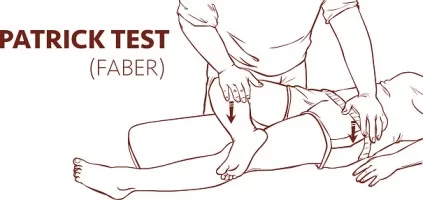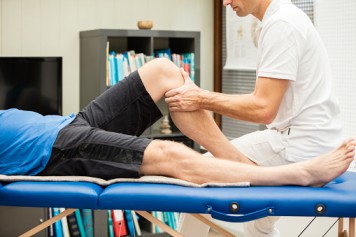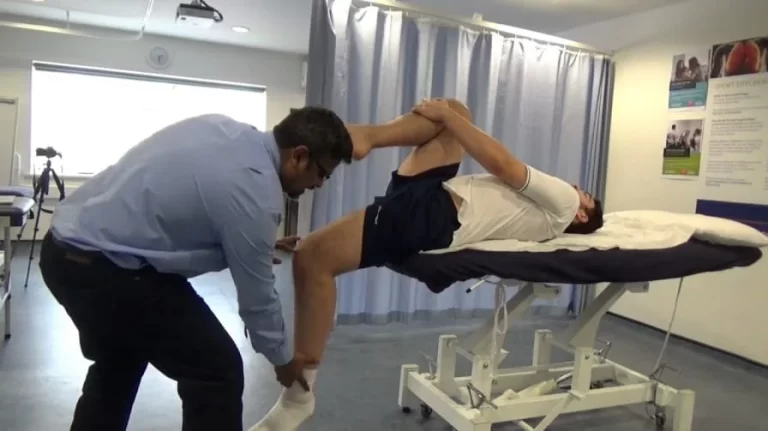Special test for to patellofemoral dysfunction :
- Patellofemoral dysfunction or PFPS is implies to some pathological affecting to patellofemoral joint.
- This pathology is result of bio-mechanical factors or pathophysiological processes or loss of tissue homeostatic resulting in synovitis & inflamed fat pad .
- In this situation patient feel to pain during of climbing or descending stairs, stepping up or down with to prolonged sitting & squatting .
- In this time examiner is mast be assess to whole kinetic chain of leg .
Name of to special test :
- Active patellar grind test
- McConnell test
Purpose of this both test :
- This test is used to check to patellofemoral dysfunction .
- It is also check to chondromalacia patellae of knee mostly in McConnell test .
Active patellar grind test :-
Technique of performance :
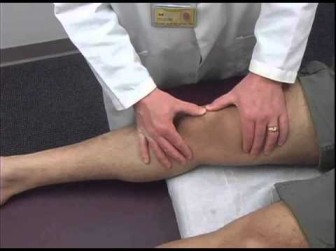
- Starting position of patient for test is sitting position .
- The patient is sits on to examination table with to knee is flexed up to 90 ‘ over to edge of to table .
- While to patient slowly straighten to knee , the examiner places a hand over to patella for to feel for crepitus.
- Where in to ROM that pain occurs gives an indication of what part of the patella is demonstrating pathology .
- After that apply to grater force through to patella by asking to patient to step up & step down on a small stool while the examiner gently palpate to patella for crepitus & pain .
Result of test :
- This test is positive when to patient is feel to pain around to knee & examiner is feel to crepitus of knee.
McConnell test :-
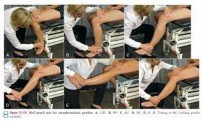
- It is mostly used to check to chondromalacia patellae of knee .
Technique of performance :
- Starting position of patient for test is sitting position .
- Into sitting position with to laterally rotated.
- After that patient is performs isometric quadriceps contractions at 120′ , 90′ , 60 ‘ , 30′ & 0’ with each contraction hold for 10 seconds .
- If to patient is feel to pain during to any of to contractions, patient’s leg is passively returned of to full extend by to examiner .
- The patient’s leg is then fully supported on to examiner’s knee & the examiner pushes to patella medially.
- The medial glide is maintained while the knee is returns to the painful angle & the patient performs an isometric contraction again with the patella is hold to medially .
- If to pain is decreased the pain is patellofemoral in origin .
- Each angle is tested to similar fashion.

